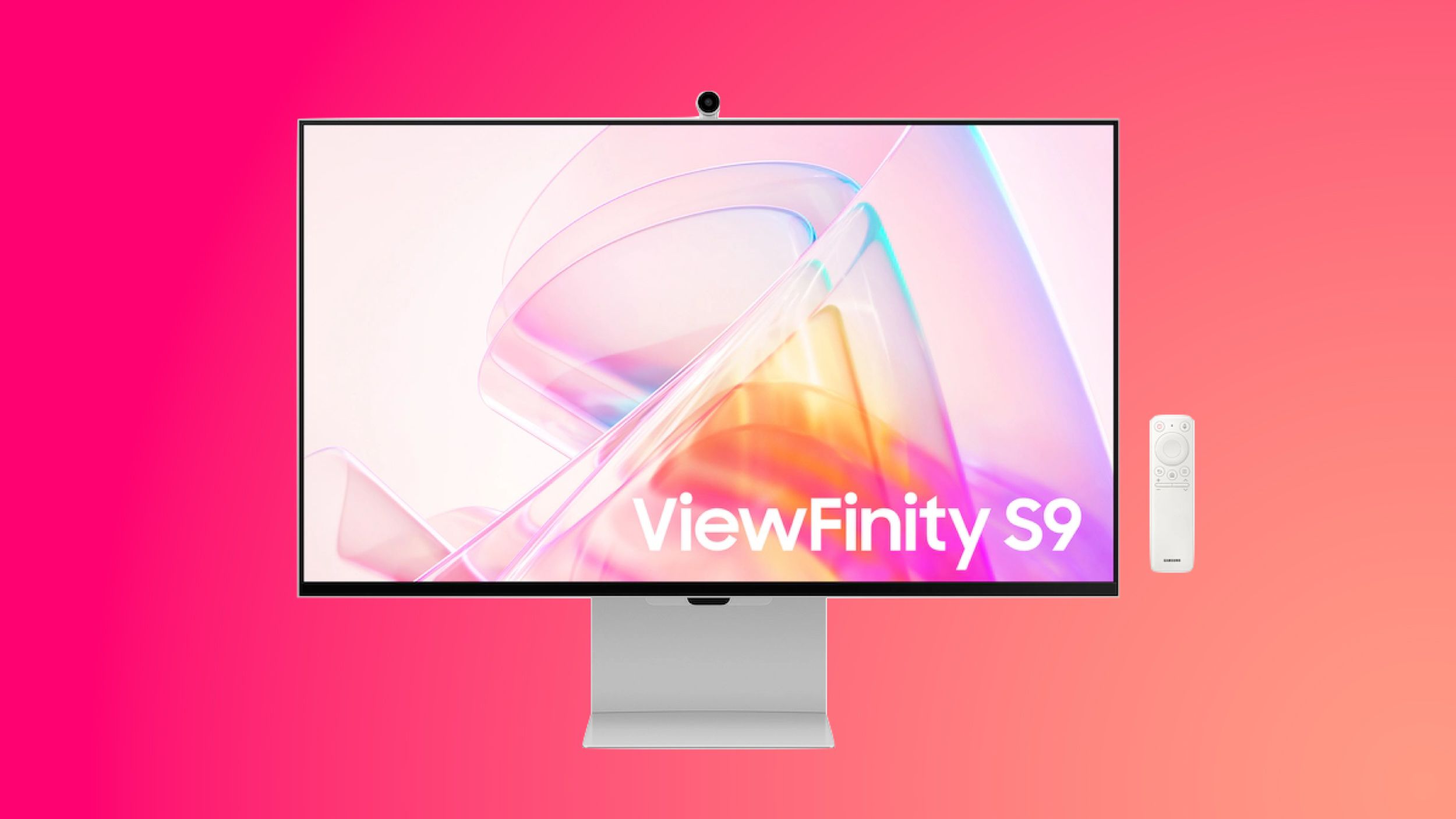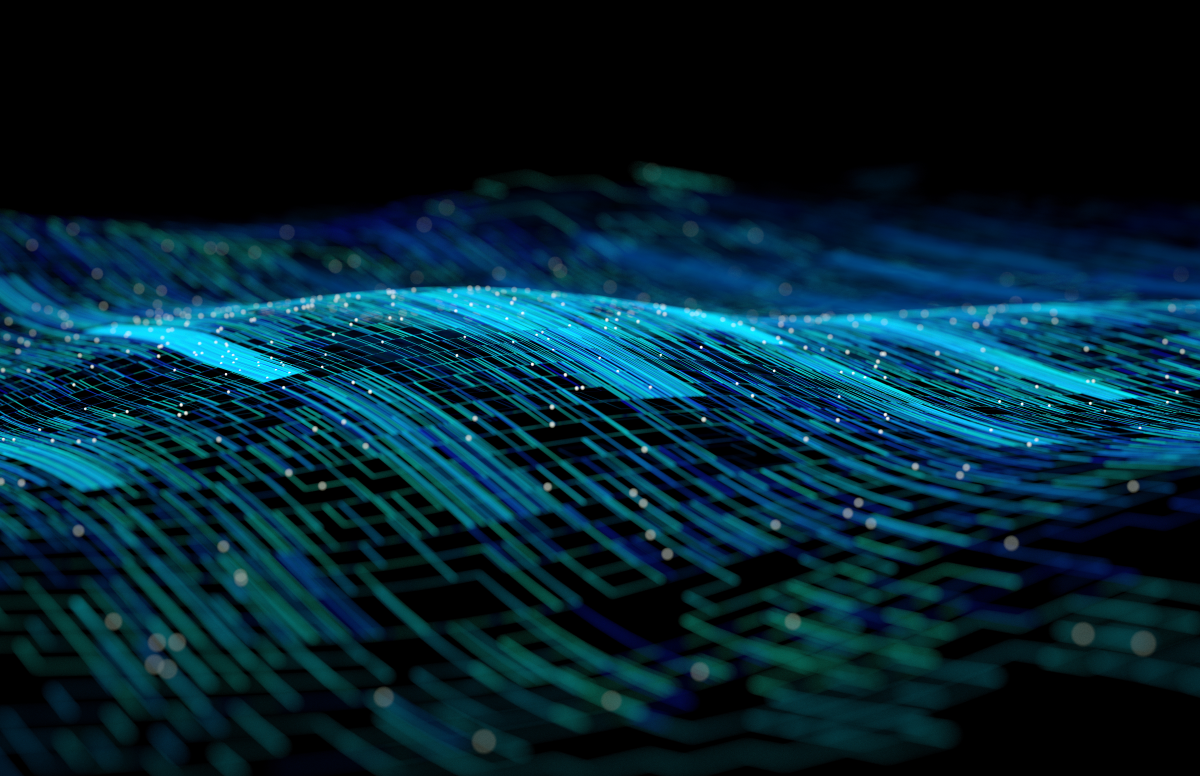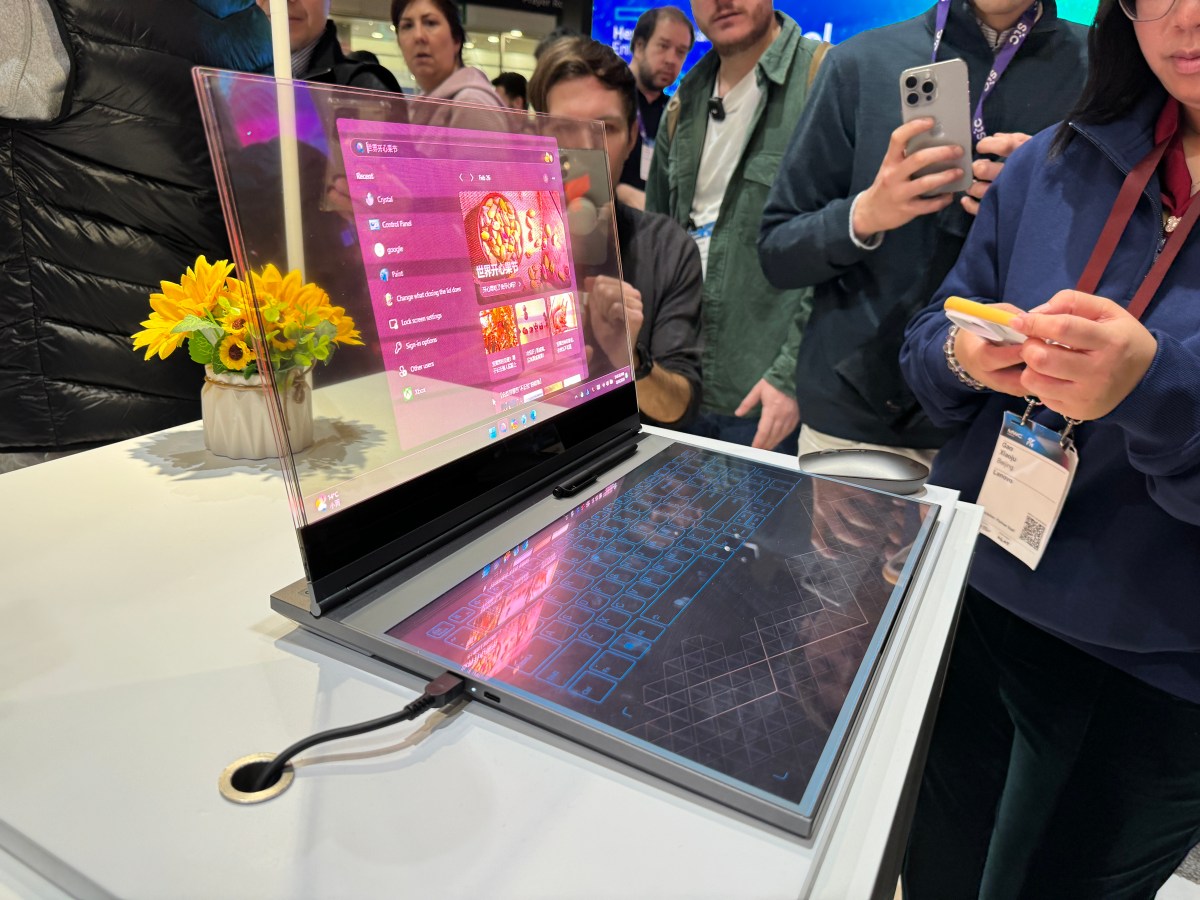Apple Vision Pro: A Leap Forward in Augmented Reality
The eye-tracking interface's smoothness, high-quality displays, and immersive three-dimensional photos and videos are its standout features.
I tested Apple Vision Pro and it exceeded my expectations by far.

As I put my right hand on the aluminum casing around the front of the Apple Vision Pro and my left hand on the soft, fabric back and slid it over my face, I thought of the VR experiences I’ve had in the past and reminded myself to look for the progress and focus on the big picture. That’s because when it comes to these augmented reality and virtual reality headsets, the substance has never lived up to the sizzle. But boy, did the Vision Pro change that narrative.
Thirty minutes later when I finished my tryout of the Vision Pro, I had a thought I’ve never had after one of these demos: “I wish I could jump back in and do it again. Right now.”
1. The eye-tracking interface is smooth and easy to learn
The first thing you do after you put on the Vision Pro and fit it to your head is press the digital crown and calibrate the headset to your eyes. This involves focusing on a few dots that pop up in a circle in front of you. Frankly, after the demo, I thought about how important and effective the eye-tracking is for everything you do in the Vision Pro, and I was startled to think about how that simple calibration was all it took to dial it in.
But, I’m getting ahead of myself. After the eye calibration, you calibrate your hands by holding them in front of you, and then you simply hit the digital crown to jump into the home view, which defaults to a set of app icons that look like an iPad home screen or the Mac Launchpad.
From here, I quickly learned that all I needed to do to launch an app was to look at it and then tap my thumb and forefinger together while my hand was resting in my lap. To scroll to the next page of apps, I simply held my thumb and forefinger together and pulled it to the left or the right or up or down, like I was pulling a piece of string. Closing a window, an app, or an experience involved a quick tap of the thumb and forefinger to bring up controls, looking at the “X,” and then tapping the thumb and forefinger again.
Within five to ten minutes, I was rapidly opening and closing apps, scrolling up and down and right to left, selecting things, and moving apps and windows around in the space in front of me. By the end of the demo, I was doing all of this without giving it much thought and with a lot of accuracy and confidence.
This eye-tracking interface is by far the biggest breakthrough of the Vision Pro, and it’s clearly something Apple has been working on for a long time. Getting the interface right opened the door to creating a usable product, but then the content has to deliver experiences to keep this headset from getting stuffed in a drawer where most headsets go to disappear.
2. The quality of the displays keeps you in the experience
After learning the interface of the Vision Pro, the next thing that jumped out at me was how smooth everything was in moving between different experiences and elements. I opened the Photos app and got to see beautiful iPhone photos at a resolution and immersiveness that blows away the iPhone, iPad, Mac, and even Apple TV connected to a giant screen. And when I flipped through different photos and videos, the movement was instantaneous and buttery smooth.
The reason behind both of those things – the resolution and the smoothness – was technical, of course. The Vision Pro’s displays fit 64 pixels into the same space as one pixel on the iPhone. And the new R1 chip inside the Vision Pro streams images in 12 milliseconds, which is the equivalent of eight times faster than an eye can blink.
The result is that the display never skips, lags, or glitches while you’re watching content, jumping between apps, or moving around your space. In every other AR and VR experience that I’ve seen, there are always glitchy moments that take you out of the experience and can even create some motion sickness. I’m definitely vulnerable to motion sickness from these devices, and I got no sense of disorientation or discomfort from the Vision Pro demo.
One final note here: The displays are so good that they outstrip the quality of the content, and that’s likely to be an issue for a while. Most of the content Apple showed in the demo – from Avatar 2 to courtside NBA cameras to inside a studio with Alicia Keys to clips of mountain climbers in extreme locations – all looked incredible and showcased the full capabilities of what studios, storytellers, and software developers will be able to create for this platform.
3. The three-dimensional photos and videos are a must-see
The third part of the Vision Pro demo that really impressed me is also the experience that is the most difficult to describe. It involves the three-dimensionalization of photos and videos that you can take from the Vision Pro and then replay in the headset later. When you view these, it brings them to life in a way that greatly exceeds anything we’ve ever seen in a 3D movie. I believe that’s because of the advanced depth mapping that the Vision Pro can do when taking the photos combined with the massive graphics and spatial presentation capabilities available in the Apple headset.
See what I mean about this being difficult to describe?
This is a part of the Vision Pro that you’ll have to experience to fully understand. Fortunately, demos will be coming to Apple Stores next year when the product is released. For now, I’ll simply say that photos and videos experienced in this way on the Vision Pro have a level of richness and realism that represents one of the most exciting leaps forward in tech I’ve seen over the past two decades – and far more exciting than anything I’ve seen on two-dimensional 8K displays. I’ve never been a fan of 3D. This feels like what 3D should have always looked like.
That said, this feature also exposes one of the biggest challenges of the Apple Vision Pro. The photos and videos you want to capture the most are the ones during some of your most important life events – a family celebration, a memorable trip, a child’s birthday, etc. Those are not typically going to be the times when you want to strap a giant headset onto your face to make a recording. When we get to the 7.0 version of the headset in 2030, that might be a lot less of a problem as the technology shrinks into a smaller and less obtrusive form factor. But in 2024, it’s going to be an issue.
Nevertheless, Apple has made breakthroughs with the Vision Pro that will redefine technology, productivity, and entertainment for the next decade. Stay tuned for more details on how this product operates, the content Apple has lined up, and the ways we can put Vision Pro to work. I’ll be sharing my thoughts in future articles.
🤔 Q&A: What You Need to Know
Q1: Will the Vision Pro be compatible with existing Apple devices? Yes, the Vision Pro is designed to work seamlessly with iPhones, iPads, and Macs. Apple has ensured compatibility across its ecosystem to deliver a consistent and immersive experience.
Q2: Can I use the Vision Pro for gaming? Absolutely! With its advanced graphics capabilities, the Vision Pro opens up a new world of gaming experiences. From immersive virtual reality games to augmented reality adventures, the Vision Pro will take your gaming to the next level.
Q3: Will wearing glasses be a problem with the Vision Pro? Apple understands that people who wear glasses may have concerns. Fortunately, the Vision Pro is designed to accommodate glasses comfortably. Apple has taken this into consideration to ensure a comfortable and accessible experience for all users.
Q4: What other applications can the Vision Pro have beyond entertainment? While entertainment is a major focus, the Vision Pro also has tremendous potential in fields such as education, design, healthcare, and more. Imagine learning complex concepts through interactive 3D models or collaborating remotely with colleagues in a virtual workspace. The Vision Pro opens up a world of possibilities.
Q5: How can I try out the Vision Pro for myself? Apple has plans to offer demos of the Vision Pro in Apple Stores when the product is released. Keep an eye out for announcements and make sure to book a demo to experience the future of augmented reality.
🚀 The Impact and Future Developments
The Apple Vision Pro represents a significant leap forward in augmented reality technology. Its breakthrough eye-tracking interface, high-quality displays, and stunning three-dimensional capabilities set the stage for a new era of immersive experiences.
With the Vision Pro, Apple has effectively addressed many of the limitations and shortcomings of previous AR and VR headsets. By focusing on user-friendly interactions and seamless integration with existing Apple devices, the Vision Pro has the potential to revolutionize not only entertainment but also various industries that can benefit from immersive technologies.
Looking ahead, we can expect further advancements in AR content creation and development as software developers harness the power of VisionOS, Apple’s dedicated operating system for the Vision Pro. The possibilities are limitless, and we can anticipate innovative applications that will push the boundaries of what we thought was possible in augmented reality.
The release of the Vision Pro in Apple Stores will undoubtedly generate excitement and enthusiasm among tech enthusiasts, professionals, and consumers alike. As more people get their hands on this groundbreaking device, we will witness a surge in creativity and innovation, shaping the future of augmented reality.
So, get ready to embark on a new adventure with Apple’s Vision Pro. Strap on the headset and take a giant leap into the world of augmented reality. Your digital experiences will never be the same again!
References
- Apple Vision Pro: Fascinating, flawed, and needs to fix 5 things
- Apple Vision Pro first take: 3 reasons this changes everything
- Inside VisionOS: 17 things developers need to know right now
- Meet your Digital Persona: Apple’s Vision Pro users to get real-time animated avatars
- Will Apple’s headset signal the beginning of the immersive internet?
- What is ProRes and why does Apple keep mentioning it?
- Sterling Crispin’s tweet confirming Apple’s long development of eye-tracking






